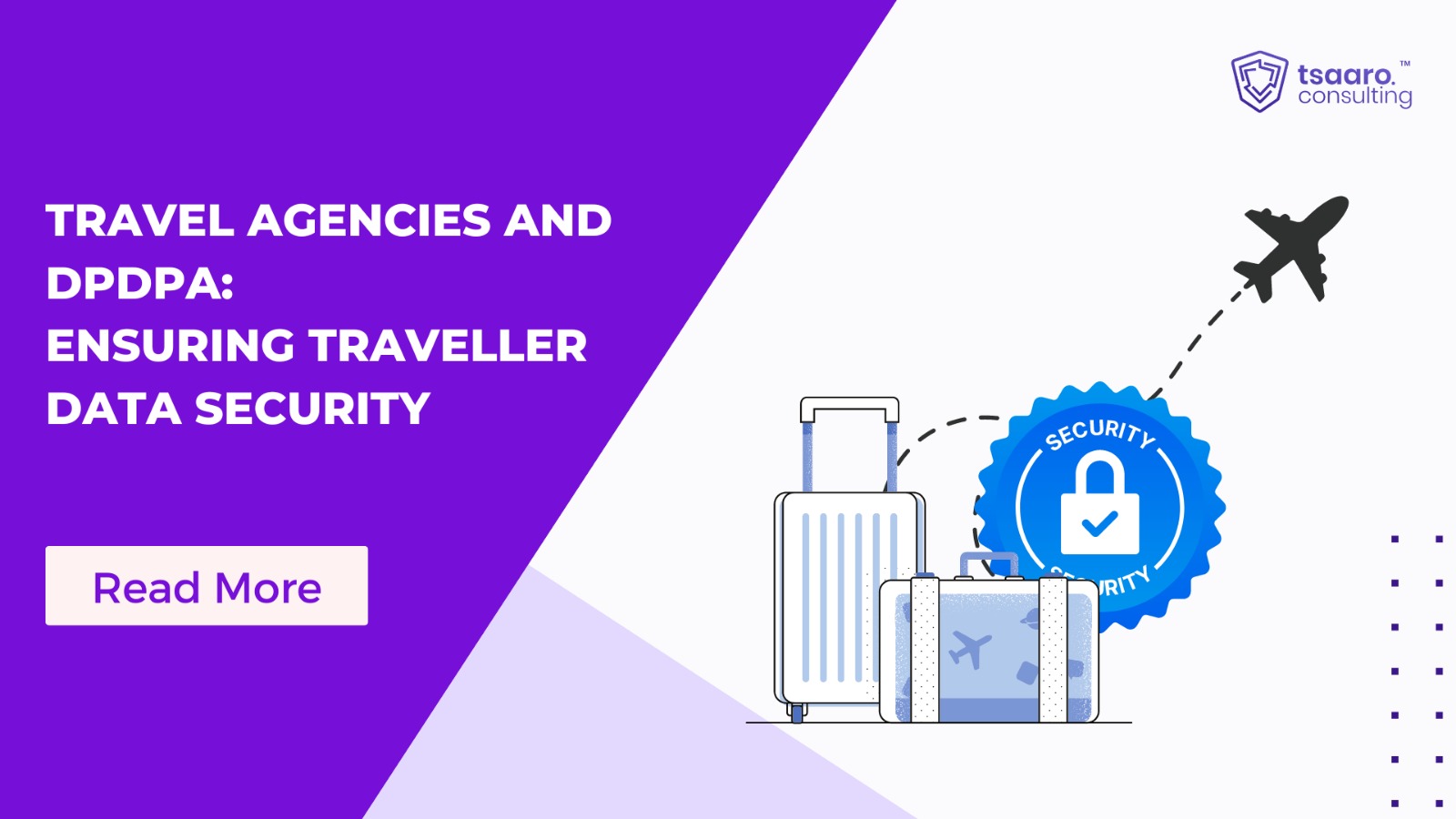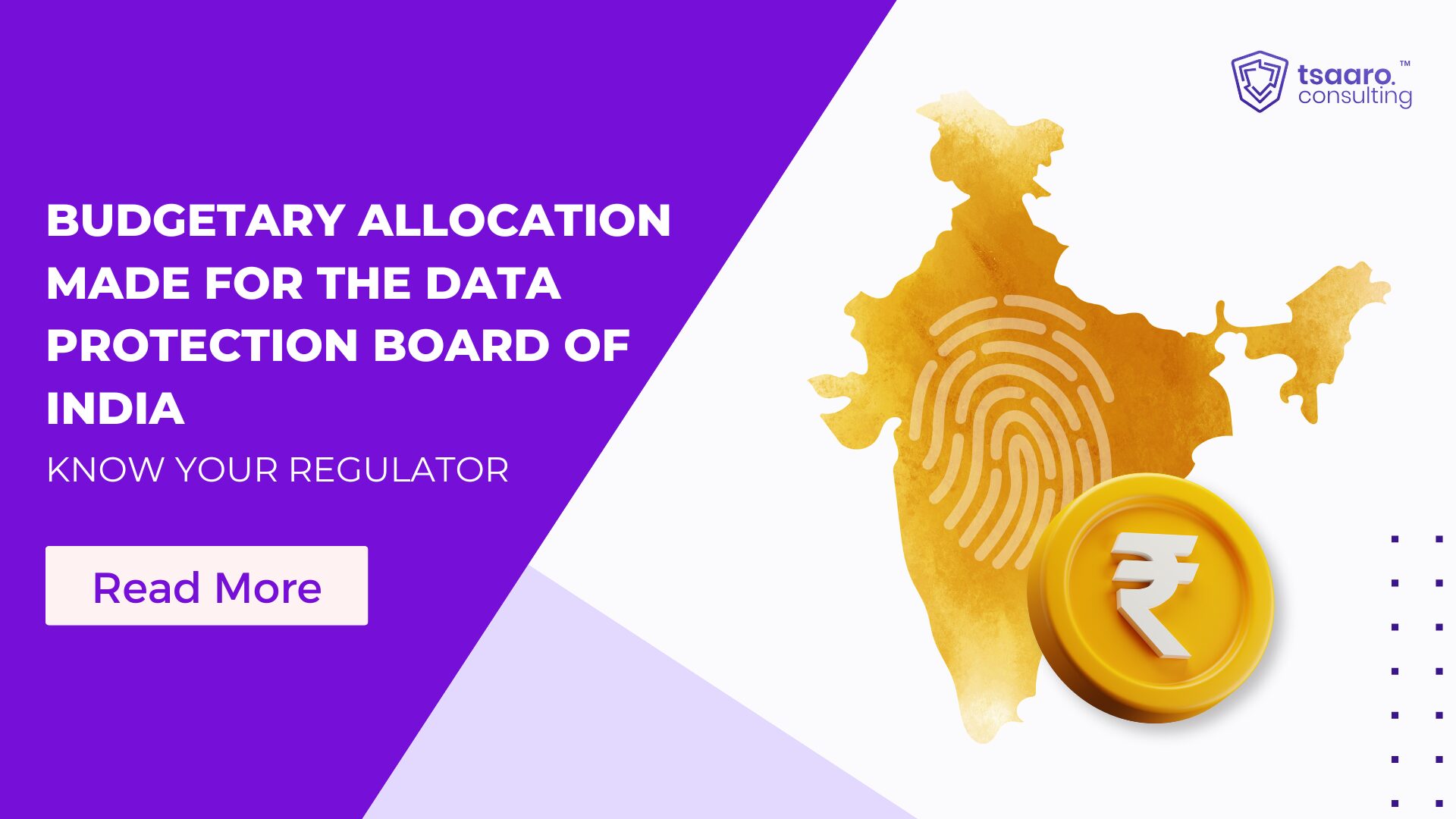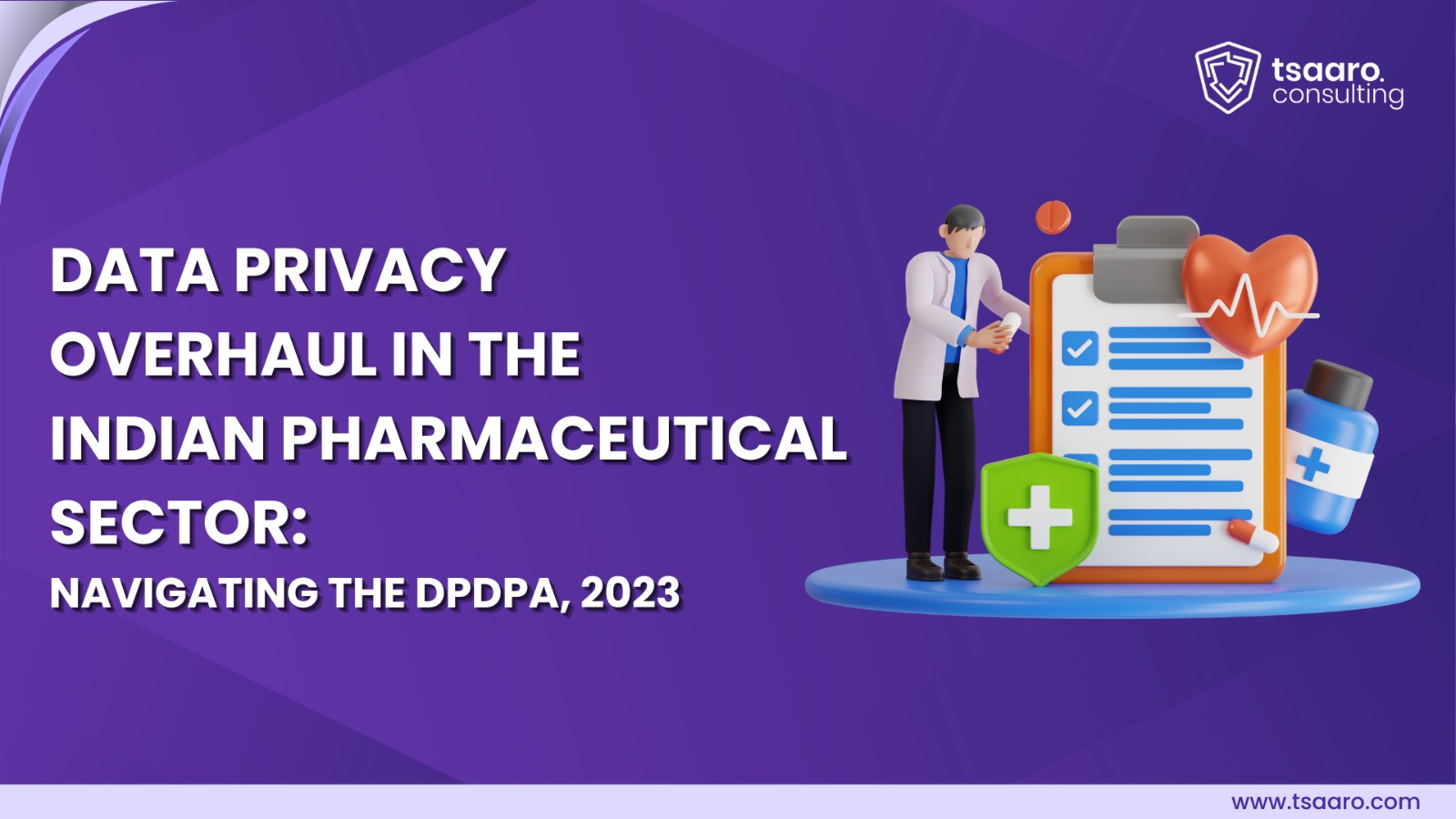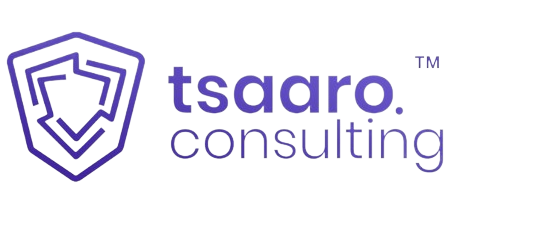In today’s digital age, it is crucial for every business, including startups, to put in place adequate information security measures to protect the sensitive data of consumerscollected in vast amounts from unauthorized access, breaches, and threats for maintaining customer trust and sustainability of the business and especially startup in the long term.
In this blog, we will provide a Step-by-Step Guide to Information security for startups to implement ISO27001 and adopt the practices efficiently. We will be guiding you with the efforts and resources you require so startups can effectively protect their sensitive data, mitigate risks, and gain a competitive edge in the market.
Why ISO27001?
The ISO 27001 standard for Information Security Management System (ISMS) offers a systematic method for addressing information security issues. Although ISO 27001 is complicated to understand, startups consider implementing this because, without it, they encounter difficulties in safeguarding sensitive data and upholding consumer confidence.
By achieving ISO 27001 certification, startups can assure customers that their data is being handled securely, leading to increased trust and customer retention, which gives them a competitive advantage in the market among other startups and businesses, instilling assurance among the investors that their assets are safe within the company.
ISO 27001 is also essential for startups because, with it, startups might take advantage of many growth opportunities. Therefore, a startup must consider obtaining ISO 27001, mainly when they collect, store, process, transmit, or have access to sensitive customer data, and their business would benefit from obtaining an internationally recognized certification.
To embark on the journey of implementation of ISO 27001 in your startup, these are the foundation and crucial steps you need to start with:
Step 1 – Getting Started and Preparation
The first step is to assess your startup’s current state of information security. This would include a comprehensive assessment of existing security controls, privacy policy, and procedures, which will help find the system’s strengths, weaknesses, and areas of focus.
Secondly, a security policy should be laid out, outlining the startup’s goals, objectives, and principles of information security. It should also define the expectations from the employees regarding information security.
The final fragment of the first step is to define and assign roles and responsibilities to the people within the startup. This would also include making a committee responsible for overseeing the implementation of ISO 27001 and driving the information security initiatives. The roles to be assigned would consist of project manager, information security officer, etc.
Step 2 – Defining the scope of the Information Security Management System
This step includes determining the boundaries of the ISMS by identifying assets and processes relevant to the workings of the startup and its security system. These factors also include physical assets, IT infrastructure, employees, third-party relationships, and any other factors that could impact the security of information assets.
Step 3 – Conducting Risk Assessments
Following the identification and determination of the scope of ISMS, a comprehensive risk assessment must be conducted to identify the threats of potential information risks and vulnerabilities that could impact the security of the system. This formal assessment is necessary for ISO 207001 Compliance. This risk assessment will enable the startup to deploy the resources adequately in the areas they demand the most.
Step 4 – Designing and Implementing Security Controls
After the scope of the ISMS is defined, and the risk assessment is done, the startup shall establish security objectives and define controls that will enable them to mitigate the risks that have been identified. These security controls should be implemented based on the risk level they mitigate and their importance within the startup’s workings.
A startup shall customize the controls provided in Annex A of the ISO 27001 according to their specific needs and risks aligned with the business objectives. Startups must consider both technical and non-technical controls, such as physical security, access controls, encryption, incident management, and employee awareness training.
Following this, it is essential to create a clear and comprehensive policy that outlines how the customized controls will be implemented and managed within the organization. Startups must ensure that the policy complies with ISO 27001 and is easily understood by the employees.
A risk treatment plan is then formulated that outlines how each risk identified will be addressed. It includes the actions, controls, and measures. In other words, a risk treatment plan is the action plan for dealing with each risk to reduce the probability of the impact of those risks. To effectively handle the identified risks, the risk treatment plan should consider a combination of preventative, detective, and remedial controls. It should also have a strategy for keeping track of and evaluating the performance of the controls that have been put in place.
Step 5 – Conducting internal audits
Internal audits are one of the most critical parts of implementing ISO 27001 as they help find the implementational gaps, inconsistencies, and non-compliance within the ISMS. By conducting regular audits, the startup can proactively assess the effectiveness of its information security controls, processes, and procedures. A plan should be laid out before the audit is conducted, which includes the objectives and criteria of the audit. It is essential to fill in any gaps and non-conformities found. To ensure corrective actions are working, the organization needs to keep track of its development. The startup may continuously assess and enhance its information security procedures with the help of routine internal audits, ensuring that the ISMS remains efficient, compliant, and in line with ISO 27001 regulations.
Step 6 – Employee Training
For a startup to be fully compliant with the ISO 27001 standards, it is mandatory that comprehensive information security training must be conducted for all employees, fostering a collective awareness of the significance of data security and their individual responsibilities in upholding compliance.
Step 7 – Documentation and Collection of Policies and Controls
Startups and companies must demonstrate all policies and controls that have been established as in compliance with the ISO 27001 standard. Hence, all documentation and collections need to be done for adequate proof to an external auditor of ISO 27001 Compliance.
Step 8 – Obtaining ISO 27001 Certification
In this final step, an external auditor will ensure that the organization meets all ISO 27001 standards and will evaluate your ISMS. After reviewing the appropriate policy and documentation in place and the processes and security controls, an ISO 27001 Certification will be issued for three years. Post this, startups must maintain and ensure that their ISMS is regularly reviewed and improved while conducting periodic internal audits to remain compliant with the ISO 27001 standard.
Conclusion
Implementing ISO 27001 is a pivotal step in establishing a secure startup system. Throughout this blog, we have explored the critical steps involved in the implementation process.
Startups that handle consumer and intellectual data have to face various cyber threats and privacy concerns and should implement ISO 27001 to ensure confidentiality, integrity, and availability and manage information security more efficiently.
The step-by-step guide covered various stages, such as assessing the current state of information security, scoping the ISMS, designing, and implementing security controls, conducting internal audits, and addressing gaps and non-conformities. Each step contributes to the overall effectiveness of the ISMS and ensures continuous improvement in information security practices.
How can Tsaaro help?
Tsaaro is dedicated to Data Privacy and Protection and is experienced in handling ISO 27001 Standardization processes. By employing Tsaaro, you can obtain your ISO 27001 certification with ease. Our services and dedication will take your startup or organization to new heights without worry about Data Privacy and Security. Visit us at www.tsaaro.com now to know more!
References
- https://sprinto.com/blog/iso-27001-compliance-for-startups/
- https://advisera.com/27001academy/knowledgebase/iso-27001-implementation-checklist/
- https://hightable.io/how-to-implement-iso-27001/
- https://www.diva-portal.org/smash/get/diva2:1671066/FULLTEXT01.pdf
- https://carbidesecure.com/resources/guide-to-implement-iso-27001-controls/
- https://www.itgovernance.co.uk/blog/iso-27001-checklist-a-step-by-step-guide-to-implementation













Very informative article! I appreciate the depth of analysis. If you want to delve deeper, here’s a helpful resource: EXPLORE FURTHER. Eager to hear everyone’s thoughts!